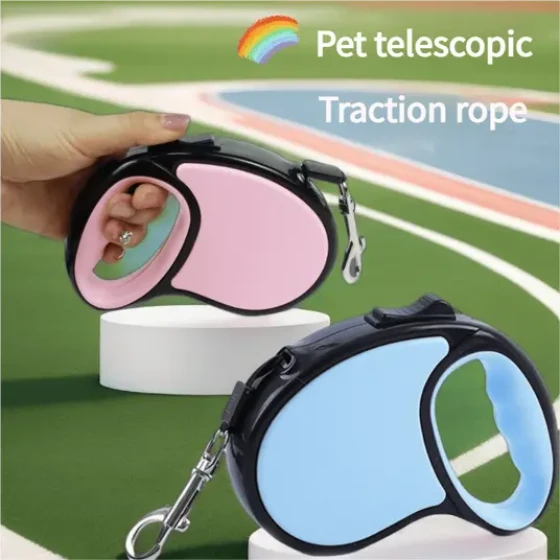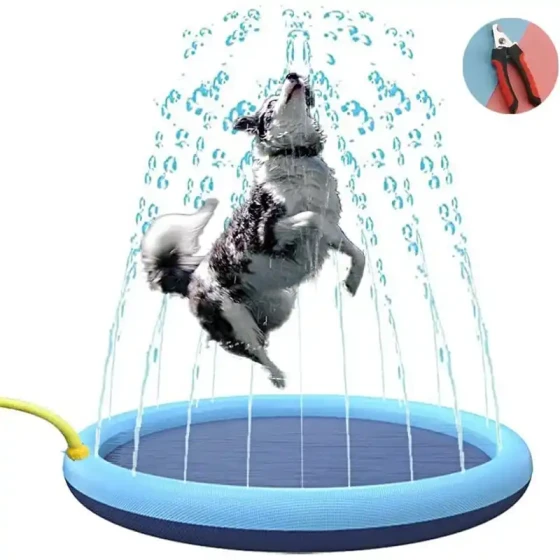Hidden Dangers of Chains for Pet Dogs
Some unexpected hidden dangers are often caused by human factors. Below is a case of a golden retriever with infected wounds and multiple scars caused by chains tightened around its neck and underarms.
The untreated underarm was covered with sticky pus around the incision, with fur stuck together, clearly showing deeply constricted skin tissue.

Routine disinfection of the affected area was performed, using alcohol-povidone iodine-alcohol-povidone iodine-alcohol. After fully exposing the view, it was found to have become a cavity-like wound, with the infected area contaminated down to the subcutaneous tissue. The inner cavity was approximately a 5cm circular distribution.

The infected wound and inner cavity were cleaned using hydrogen peroxide. After multiple rinses, metronidazole and anti-inflammatory liquid were alternately rinsed, and the wound was expanded.


Since the first cleaning was thorough and there was not much pus inside, drainage was not performed. The incision was sutured, topical Curatol gel was applied to prevent licking, and an Elizabethan collar was used.

Topical gel was applied 3-5 times daily, and after 8 days the effect was obvious. The stitches were removed, and the postoperative condition was good.


This case is a common infection caused by trauma, but the cause is special—it’s due to the owner keeping the dog chained for a long time inside a factory building.
This is only an external injury and can heal easily, but what if it were severe? Not only does the dog suffer, but without proper care, the outcome is worse.
Let’s think about it. Many diseases or injuries in dogs and cats are caused by owner neglect.
The first is car accidents. All dogs involved in car accidents were off-leash. Owners believe their dog will come back immediately when called, won’t run around, but when encountering other dogs or special situations, the dog cannot be recalled, becomes frightened.
The second is poisoning. Most dogs dying from poisoning every year do so after eating toxic substances while playing off leash. Excluding deliberate poisoning, very few poisoned dogs are saved. Essentially, it is a human-caused issue. If you don’t like them, avoid them—don’t be so cruel to life.
The third is bite injuries. External injuries usually don’t threaten a pet’s life but are preventable. Dogs naturally have self-protection instincts and will react defensively to threats. Dogs can communicate, but many fights occur due to failed communication or refusal to submit, resulting in mutual harm.
The fourth is deliberate violence against animals. Animals are lovable and appealing, but their intelligence is much lower compared to humans. Many owners impose their own expectations on dogs and cats. When pets fail to comply, they are often beaten, causing fractures, internal injuries, psychological issues—these are very common. Reducing harm to pets requires human self-reflection, self-cultivation, and true respect for life and equality.
There are many other aspects, but these are the most common. As a veterinarian, my primary responsibility is to use clinical cases to help more people learn how to care better for their pets and prevent potential hidden dangers. Only when more people act can more pets be saved and spared from disasters.
This case is just one example and relatively mild. But imagine if the owner hadn’t noticed in time and the situation continued. If it happened in summer, maggots might develop. There are many other reasons. Ultimately, if we cared more and showed more concern, pets would suffer far less pain. Why not do so?
So we need to pay attention: when walking outside, use a leash; don’t let dogs pick things up randomly during exercise; thoroughly check and pat pets after returning home; assess the dog's mental state; and ask groomers to help check pets again during grooming and bathing—these are small efforts but very meaningful.



